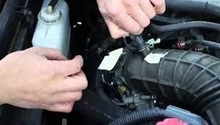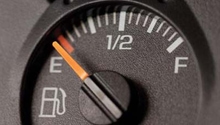Honda Accord: Why is My Car Hesitating?
Having your car stall out on you can be a frightening situation, especially if it's never happened before. Keeping track of the time and frequency of the stalls is crucial for narrowing down the potential problems.
This article applies to the Honda Accord (1990-2002).
Your car's hesitation is slowly growing worse, and you know it's time to investigate before it leaves you stranded. There are plenty of reasons why your car might be stalling, some of which are relatively simple to resolve. While a DIY project can save you time and money, less experienced owners or cars with more complex problems may require a trip to the dealership. Here are some reasons your car may be stalling, along with possible solutions.

Materials Needed
- Flat head screwdriver
- 6mm Allen key
- 5/8" socket and ratchet
- Pressure gauge
- Multi-meter
Step 1 – Check the ignition coils and spark plugs
V6 Accord's are particularly prone to bad ignition coils.
The first and main symptom of a bad ignition coil may be the tachometer, which drops to zero then returns to the previous speed. This could be accompanied by a hesitation in the motor when driving. A check engine light with a code p0725 strongly indicates a faulty ignition coil. Bad coils or spark plugs will cause misfires and throw misfire codes as well. Check the car's ignition coil or pull any stored check engine light codes if the light is illuminated.
To do this, remove the plastic engine cover for access to the coils. An informal way to test the strength of the coil is to unplug them one at a time while the car is running. If all of your coils are strong, this will cause the engine to begin to run poorer. If you pull a plug and there is only a minor difference or no difference at all in the engine's performance, that coil is likely dead and requires replacement. For V6 models, you need a 6mm Allen key to remove the coil pack.
(Related Article: How to Replace Ignition Coils - Honda-Tech.com)
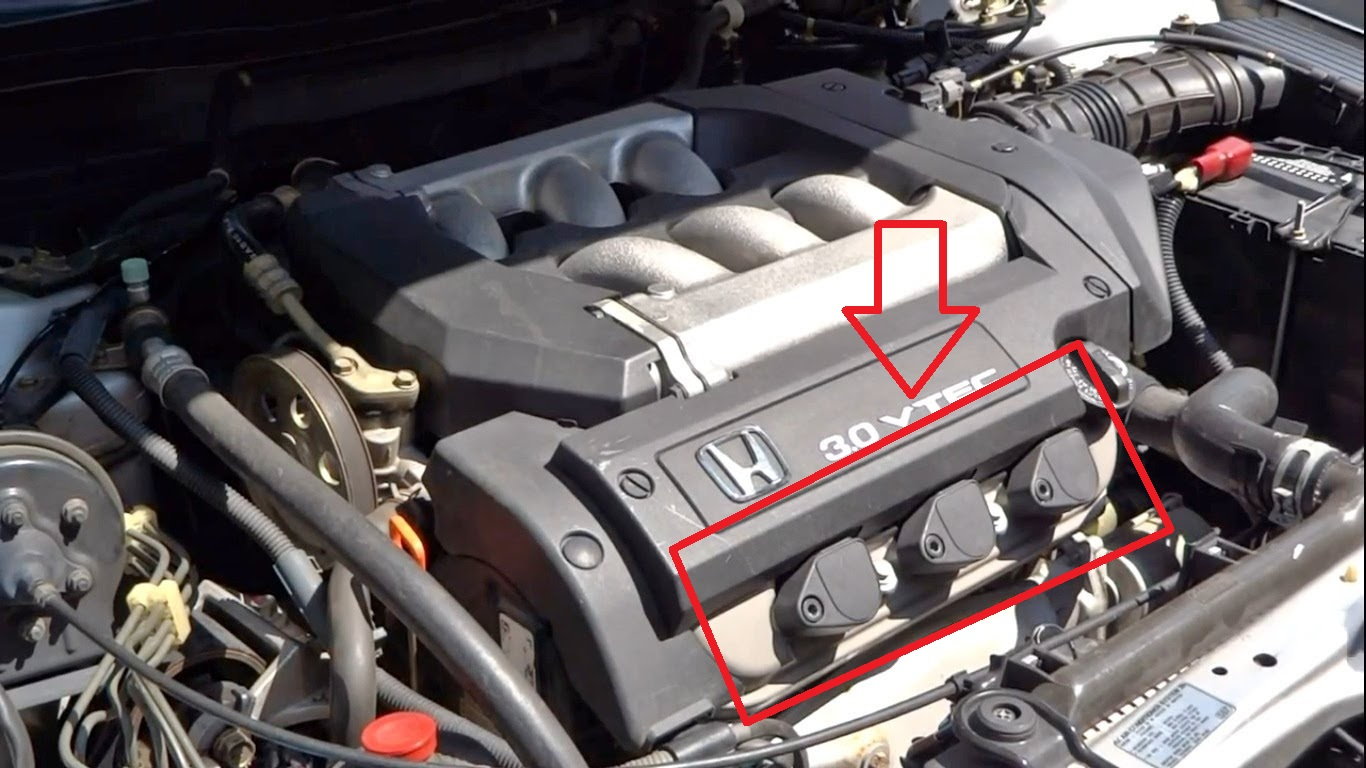
If the coils seem okay, move next to the spark plugs. With the vehicle off, unclip the coil wires from the coil pack and remove the coil pack. To remove the spark plugs from there, you will need a 5/8" socket and an extension to reach the plug. Visually examine the spark plugs and confirm that they are in good working condition.
(Related Article: How to Replace Your Spark Plugs and Wires - Honda-Tech.com)

If your coils and plugs look okay, it's time to move on to the next step.
Step 2 – Check the 02 sensor
They commonly fail on older, higher-mileage vehicles.
In many instances the first, and sometimes only, indicator of a bad O2 sensor is a check engine light. While a faulty sensor almost always triggers a CEL, some drivers report noticing a "bogged down" sensation or hesitation on the road. Installing a replacement O2 sensor, such as Denso, should resolve the problem.
O2 sensors are located in the exhaust stream, with one in the manifold (two manifolds for V6 models), and one downstream, after the catalytic converter. The usual suspect is the "primary" O2 in the manifold. It is strongly suggested to confirm the size of the O2 sensors for your specific model and buy an O2 sensor socket for servicing; you risk damaging it otherwise.
(Related Article: How to Test and Replace the Oxygen Sensor - Honda-Tech.com)
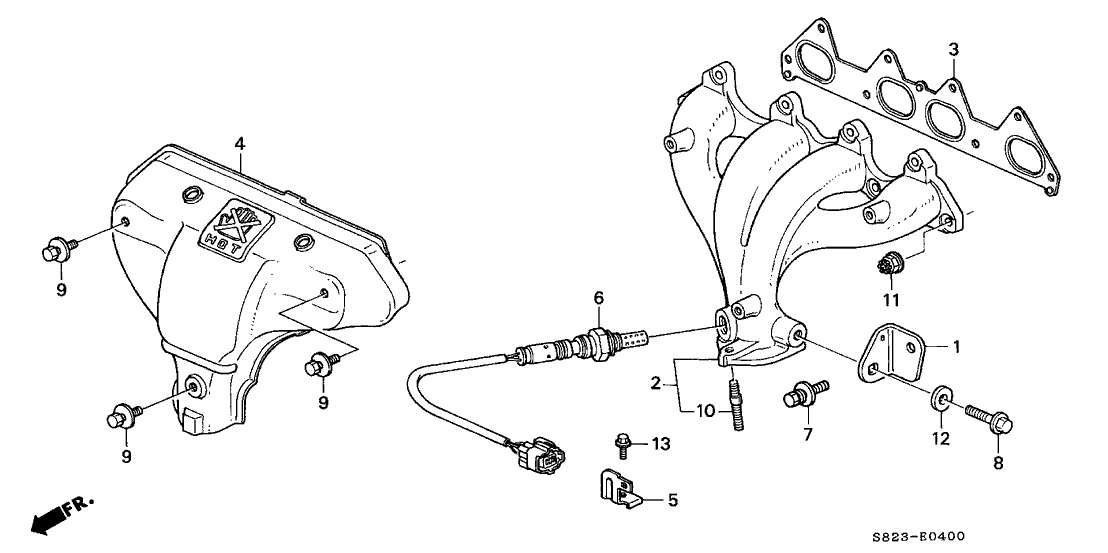
Step 3 – Check the fuel pressure regulator
Faulty regulators often result in hesitation on acceleration.
The most direct way to check your car's fuel pressure regulator (FPR) is by removing the fuel rail with the injectors intact. After removing the unit, a faulty FPR will typically have enough fuel pressure going through the fuel rail until the key is turned to the 'accessory' setting. A bad injector may also make unusual noises, such as clunking. If removing the fuel rail isn't your thing, you can also test the pressure output of the regulator with a pressure gauge. There is a service point on the top of the regulator that will accept a fuel pressure tester gauge.
Inspect the FPR for signs of failure, such as lack of pressure or unusual noises.
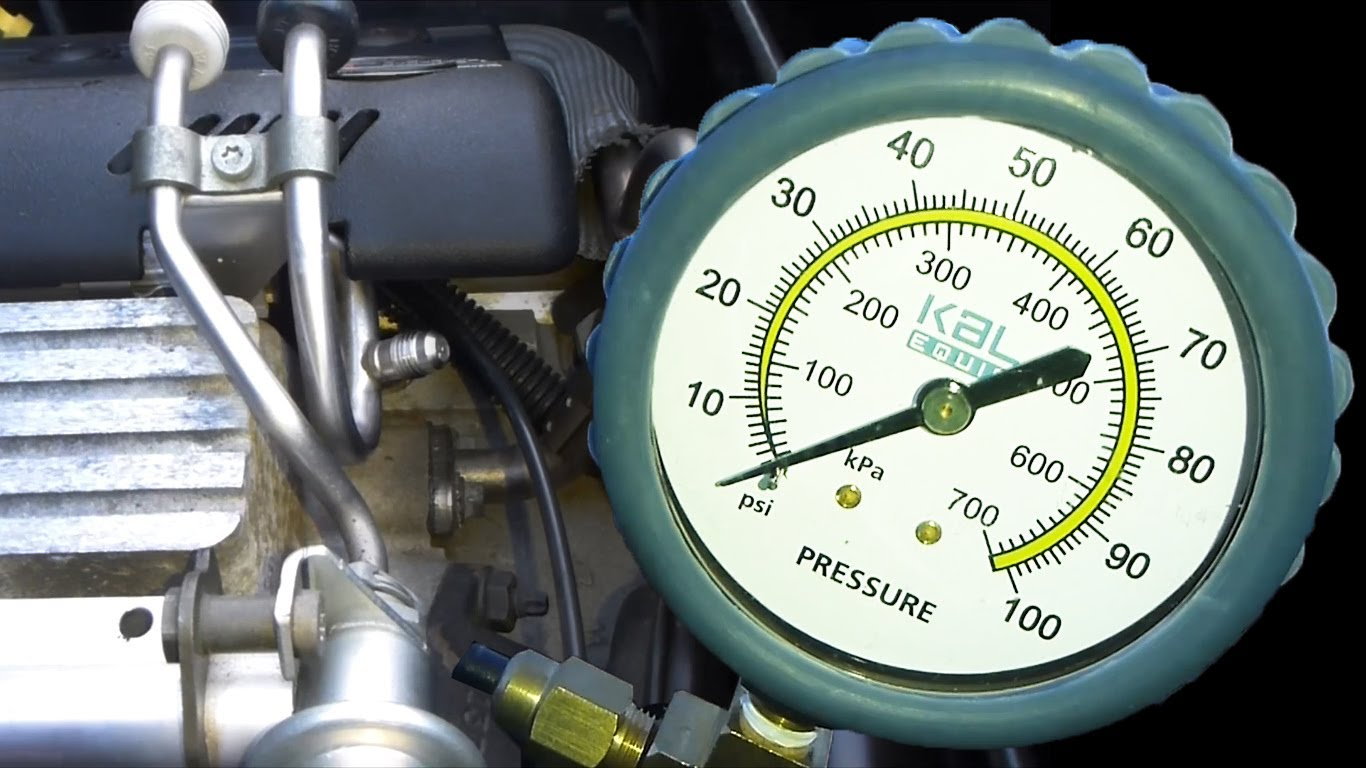
Step 4 – Check the cap and fuel filter
They might be loose, worn, or clogged.
When your car starts to hesitate, one of the most likely culprits is the fuel system. If the fuel pump and fuel pressure regulators are OK, then the problem might lie in the cap and/or fuel filter. These parts may become loose, worn, or clogged over time, leading to irregular readings and poor performance. Cross-threaded fuel caps are more common than you might think and will cause check engine lights. Remove the cap and verify that it is installed correctly.
Lastly, check the fuel filter for clogging or contamination. We mention this as a last step, because for most Accord models in this generation, the filter is a non-serviceable item, located at the bottom of the fuel tank. It would likely be easier or less costly in labor to swap out the fuel tank.
(Related Article: How to Replace the Fuel Filter - Honda-Tech.com)
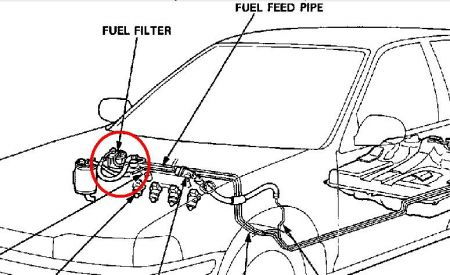
Related Discussions
- Accord V6 Hesitation - Honda-Tech.com
- Acceleration Bog/Sputter/Hesitation - Honda-Tech.com
- Hesitation on Acceleration - Honda-Tech.com
- 94 Accord Hesitation - Honda-Tech.com




